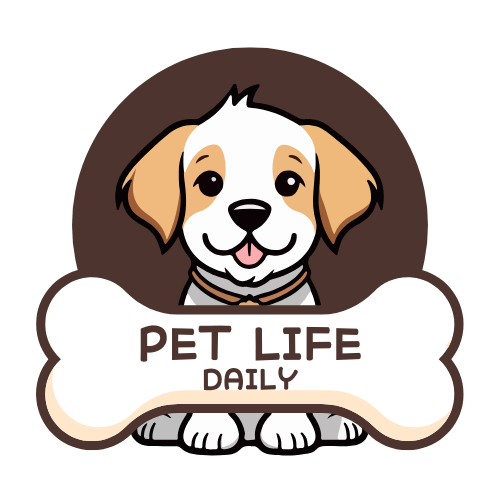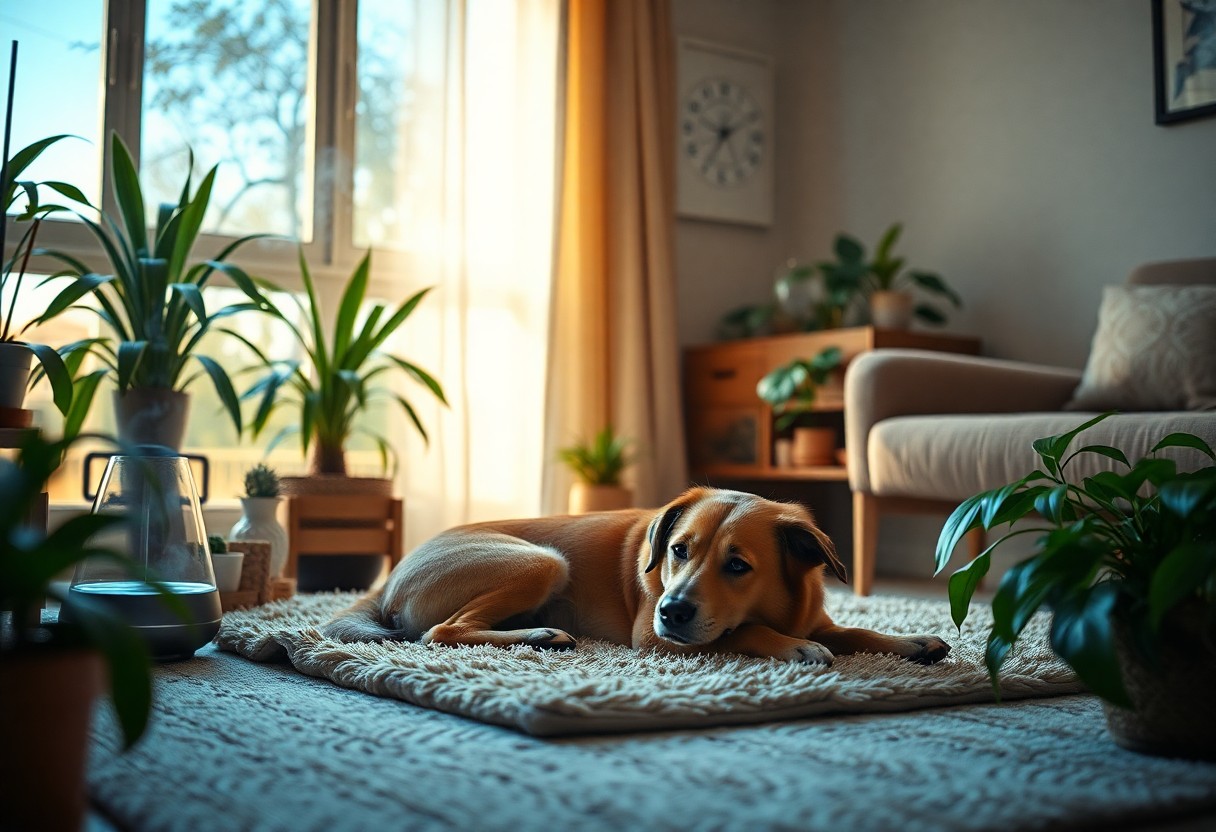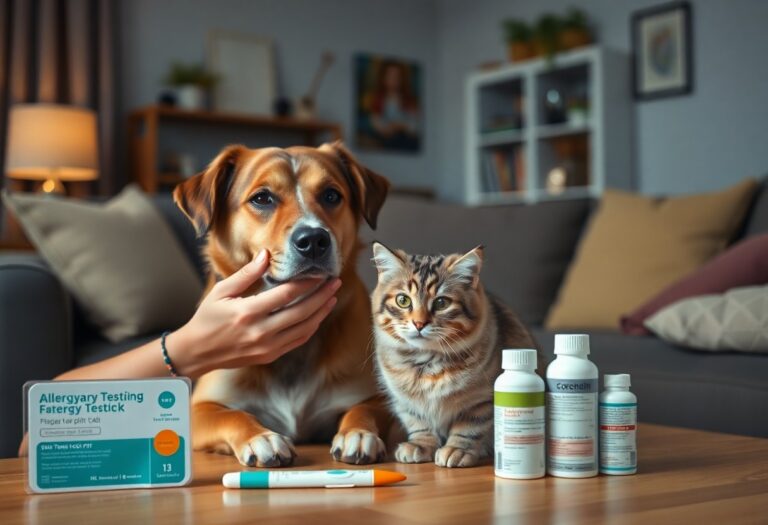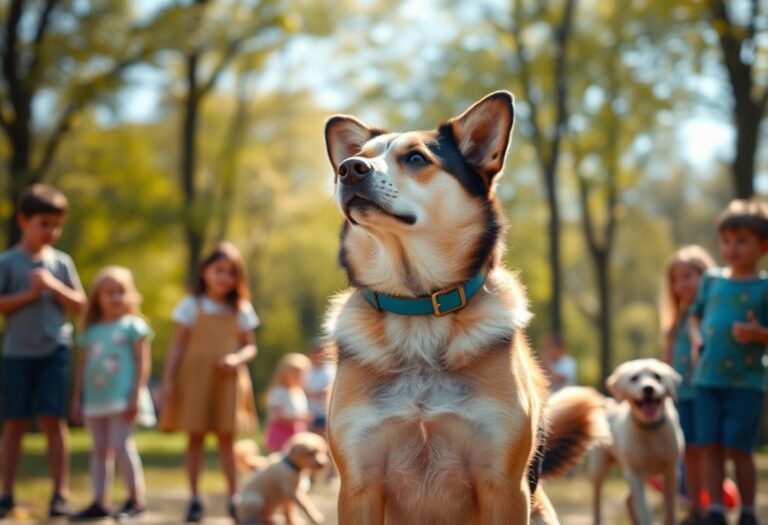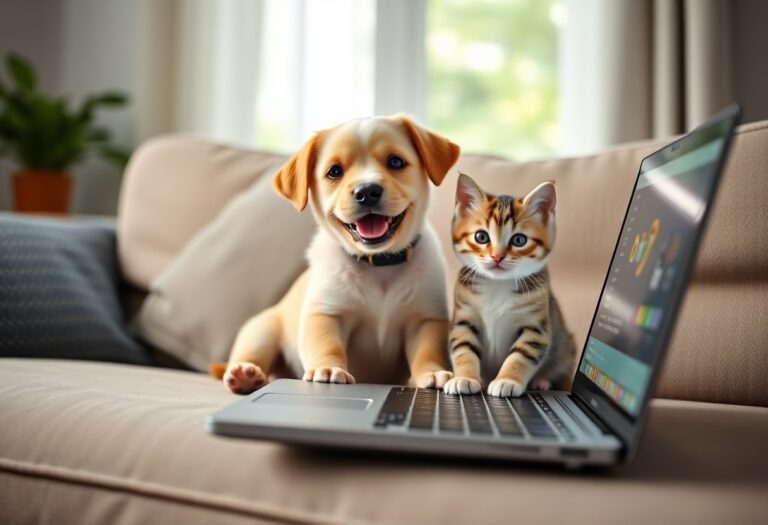With the right approach, you can effectively manage your pet’s anxiety using natural techniques that promote relaxation and comfort. Understanding the signs of anxiety in your furry friend is the first step towards helping them. By utilizing herbal remedies, physical exercise, and calming environments, you can create a positive atmosphere that reduces stress. In this blog post, we’ll explore various strategies and tips tailored to ensure that your pet feels secure and relaxed, leading to a happier life for both you and your beloved companion.
The Impact of Anxiety on Pet Behavior
Anxiety can manifest in various ways, significantly affecting your pet’s overall behavior and daily life. Pets suffering from anxiety may exhibit a range of concerning behaviors, including excessive barking, inappropriate elimination, or destructive chewing. This behavioral shift not only disrupts their routine but can also lead to a strained relationship with you and other family members. Over time, this anxiety might escalate, leading to potentially more severe issues like aggression or severe phobias, making it vital to recognize and address any signs of distress early on.
Long-term anxiety impacts not only the emotional state of your pet but can also trigger physical health issues. Stress-induced ailments such as gastrointestinal issues or weakened immune systems can develop, making your furry friend more susceptible to illnesses. Understanding these underlying behavioral and health changes allows you to intervene effectively, fostering a happier and healthier life for your anxious pet.
Identifying Signs of Stress in Pets
Recognizing the signs of stress in your pet is the first step in alleviating anxiety. Some common indicators include changes in appetite, lethargy, excessive grooming, or hiding away from you and other household members. Physical signs may also manifest, such as a tucked tail, flattened ears, or widened eyes. You might observe your pet pacing or becoming more vocal as they attempt to communicate their unease. Familiarizing yourself with these symptoms is vital, as they often serve as your pet’s way of expressing discomfort in their environment.
You might also notice behavioral shifts during specific times or situations, such as thunderstorms or fireworks. Observing your pet closely during these moments can provide crucial insight into their emotional state. For example, if they tremble or seek comfort from you when faced with loud noises, this is a clear indication of anxiety manifesting in stress-related behaviors.
Common Triggers of Anxiety
A variety of triggers can provoke anxiety in pets, and understanding these can help you create a more soothing environment. Loud noises like thunder, fireworks, or even vacuum cleaners often spark fear, causing pets to act out or seek refuge. Separation anxiety is another prevalent issue, where pets become distressed when left alone. Changes in routine, such as moving to a new home or family dynamics shifting, can also contribute to their anxiety levels. Changes in the household—like a new pet, a baby, or even new furniture—can unsettle your furry friend.
Social situations can be overwhelming as well. Encountering unfamiliar people, pets, or routines can lead to anxiety, particularly in pets with less socialization experience. The veterinary clinic is often a source of distress due to barking dogs and sterile environments, triggering fear even before the examination begins. Addressing these triggers is important in managing your pet’s anxiety effectively. Taking proactive steps by providing a safe space, engaging in regular socialization, and preserving a consistent routine can do wonders in decreasing anxiety responses.
Holistic Approaches to Pet Calming
The Role of Diet in Anxiety Management
Your pet’s diet plays a fundamental role in its overall mood and anxiety levels. Incorporating specific nutrients can significantly impact the way your pet processes stress. For instance, omega-3 fatty acids found in fish oil are known to contribute to reducing anxiety. These fats promote brain health and may help calm your pet’s nervous system. Additionally, consider adding probiotics to your pet’s diet; a healthy gut can directly influence their mental well-being. A study published by the Journal of Veterinary Behavior highlighted that pets fed a probiotic-rich diet exhibited reduced signs of anxiety and improved overall behavior.
Natural Supplements That Can Help
In terms of easing anxiety in pets, several natural supplements have shown potential in various studies. Products containing L-theanine, an amino acid found in green tea, can help increase relaxation without causing drowsiness. Similarly, the use of CBD oil has gained popularity among pet owners for its perceived calming effects. Many dog and cat owners report that their pets exhibit less anxiety during stressful situations, such as thunderstorms or travel, after incorporating CBD into their routines. Always consult your veterinarian before starting your pet on any new supplements to ensure their safety and effectiveness based on your pet’s health condition.
Another beneficial supplement is magnesium, which can help soothe the nervous system. Pets often exhibit signs of anxiety during stressful events, and magnesium support may help maintain calmness. Additionally, herbal options like passionflower and ashwagandha can provide gentle calming effects without sedation. Research indicates that these natural remedies can help reduce anxiety levels and promote relaxation, making them a valuable addition to your pet’s holistic approach to anxiety management.
Creating a Soothing Environment at Home
Designing a Stress-free Space for Your Pet
A dedicated area where your pet can retreat when feeling anxious can make a noticeable difference in their comfort and peace of mind. Consider choosing a quiet corner in your home, away from high-traffic zones and loud noises. Ensure this space includes their favorite blanket or bed, toys, and perhaps even an item of your clothing to provide a sense of security. Soft lighting and a calming scent, like lavender from a diffuser, can enhance their environment. Providing a cozy hideaway, such as a pet tent or a crate with a gentle cover, adds to their sense of safety. Some pet owners have found that including a few safe items for chewing or scratching can also redirect their anxious energy into a positive outlet.
The Importance of Routine and Stability
Establishing a consistent daily routine can significantly lessen your pet’s anxiety levels. Regular feeding times, walks, and play sessions help create a predictable environment that fosters a sense of control. Pets thrive on structure, and knowing what to expect from their day can alleviate feelings of uncertainty. Keeping a regular schedule minimizes surprises, such as sudden changes in your availability or unpredictable household noise, which can trigger stress. For instance, if your dog is aware that playtime happens every evening at 6 PM, they are less likely to experience anxiety when they hear you come home.
Providing stability doesn’t start and stop with routine. Following a predictable schedule allows your pet to unwind and anticipate moments of engagement and relaxation alike. You might also look into tools such as training calendars to monitor your pet’s preferred times for activities, feeding, and rest. This system ensures that your pet’s physical and emotional needs are met consistently, reducing feelings of anxiety over time.
Engaging Activities That Promote Relaxation
The Benefits of Exercise and Play
Incorporating regular exercise and play into your pet’s routine can significantly reduce anxiety levels. Activities such as fetch, tug-of-war, or even simple walks around the neighborhood not only provide physical benefits but also stimulate your pet’s mind. The release of endorphins during energetic play fosters a sense of happiness, commonly referred to as the “feel-good” hormones, which can combat feelings of nervousness and stress. Aim for at least 30 minutes of playtime each day to keep your pet physically active and mentally engaged.
Interactive toys and puzzles can further enhance this experience by promoting cognitive resilience. These activities encourage problem-solving and focus, shifting your pet’s attention away from anxious thoughts. For instance, using a treat-dispensing ball can keep your dog occupied while also encouraging physical activity. Both types of engagement can be effective in developing a routine that contributes to your pet’s overall calmness and happiness.
Mindfulness Techniques for Pets
Mindfulness techniques offer a unique approach to help your anxious pet reconnect with the present moment. These practices can involve simple routines such as deep breathing exercises, guided relaxation sessions, or even the implementation of massage techniques. For example, you can create a calming environment by dimming the lights and playing soft music while gently stroking your pet’s back, allowing them to relax as you focus on your shared quiet time.
Another method involves teaching your pet to focus on specific sounds or cues, which enhances their awareness of the surrounding world rather than their inner anxiety. You could use calming scents like lavender or chamomile during these sessions, as certain natural aromas can soothe heightened emotions. Taking the time to create a mindful bonding experience can not only ease your pet’s stress but also strengthen your connection, making your pet feel more secure in their environment.
Integrating mindfulness into your routine may involve simple actions like encouraging your pet to sit in a quiet space while focusing on their breathing. Gradually, you can introduce short sessions of calmness into their daily life, reinforcing a sense of safety and tranquility that your pet can carry throughout the day. Ultimately, this practice helps in reducing anxiety triggers, leading to a more balanced state of mind for your furry friend.
Building a Stronger Bond Through Connection
The Power of Touch and Affection
Your pet thrives on connection, and the simplest act of touch can significantly alleviate anxiety. Petting, cuddling, or gentle brushing can create a comforting environment for your anxious companion. Studies show that physical touch releases oxytocin, a hormone linked to bonding, which helps establish trust between you and your pet. Taking time to engage in affectionate behaviors not only calms your pet but also fosters a deeper emotional connection that makes them feel safer and more secure in their environment.
Training Techniques to Instill Confidence
Instilling confidence in your anxious pet often starts with consistent training techniques that reinforce positive behavior. Implementing reward-based training can be particularly effective; using treats, praises, and toys to motivate your pet encourages them to face their fears more bravely. For example, if your dog is wary of strangers, gradually introducing them to new people—with treats for each positive interaction—can slowly build their confidence over time.
Engagement in simple commands, like sit, stay, or come, helps your pet learn that they can trust you to guide them through challenging situations. Consistency is key; daily practice not only reinforces learned behaviors but also allows your pet to feel a sense of routine and stability in their life. Through this structured learning, you can transform anxiety into a more confident demeanor, ultimately making your bond even stronger.
Conclusion
Drawing together the various natural methods to soothe your anxious pet can lead to a more peaceful and enjoyable environment for both you and your furry companion. You can start by assessing your pet’s specific anxieties and gradually introducing calming techniques that resonate with them. Whether it is through calming scents, soothing music, or creating a safe space, you now have several tools at your disposal to help alleviate their stress. Always observe their reactions and adjust your approach as necessary to find what works best for your individual pet.
By integrating these natural strategies into your routine, you can enhance your pet’s overall well-being and strengthen the bond you share. Anxious behaviors often stem from underlying issues that can be effectively managed with patience and understanding. Take the time to experiment with various techniques, and don’t hesitate to consult with your veterinarian if you have concerns about your pet’s anxiety. Your efforts in creating a calming environment will not only improve your pet’s quality of life but also contribute to a more harmonious household.
